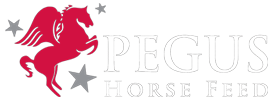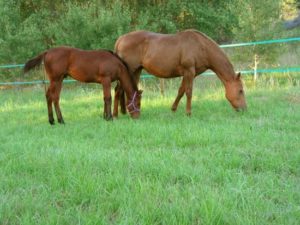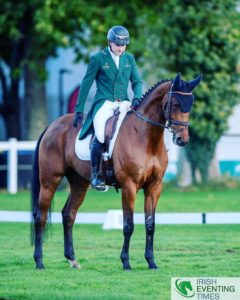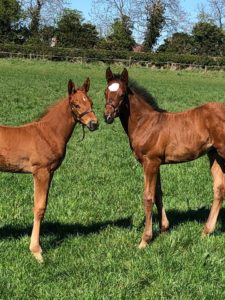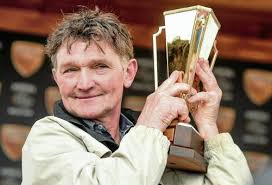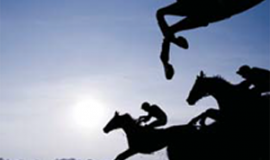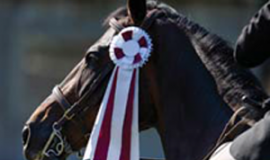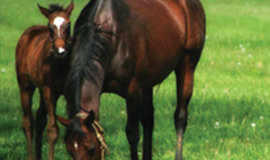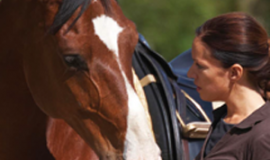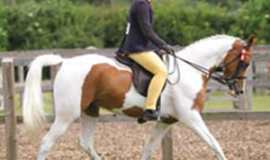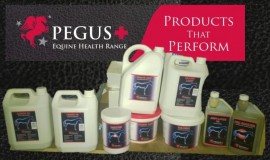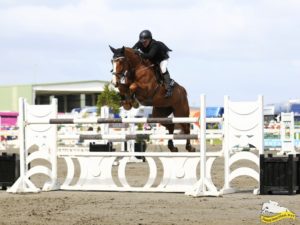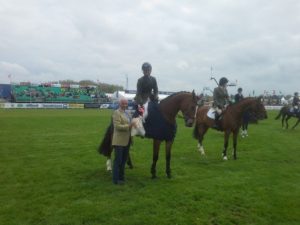April 2015 – Feeding the brood mare in late gestation and early lactation
Now that the mare is in the latter part of gestation the nutritional requirements increases significantly. The fetus is now growing more and more rapidly as the time of foaling approaches and you must respond and follow this up with appropriate feeding. After foaling, the requirements increase even more as the mare starts to produce milk. This means that it is important to pay close attention to the bodyweight and condition of the brood mare. It can grow thin very quickly if appropriate action is not taken now.
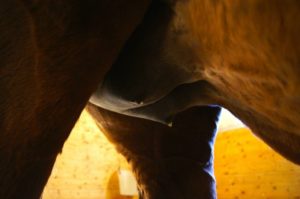
The last month of gestation
In the last month of gestation the fetus puts on about 30% of its birth weight. This means that the nutrient requirements of the mare increases markedly. If the mare is not to take from her body reserves (grow thinner), the increased nutrient requirements have to be covered through adjustments of the ration.
According to tables of nutrient requirements for pregnant mares, in the last month of gestation the requirement for energy has increased to 133% of the maintenance requirement. In the same way, the protein requirement has increased to 180%. Requirements for calcium and phosphorus also increases to about 200% (two times maintenance requirements).
Early lactation
In the first month of lactation milk production gradually increases up to about 3 kg milk per 100 kg body weight of the mare. This means that a 500 kg mare will produce up to 15 kg milk per day. This will of course require extra supply of nutrients to the mare. Energy requirement has increased to 200% of maintenance, while requirements for protein, calcium and phosphorus has increased almost 300%.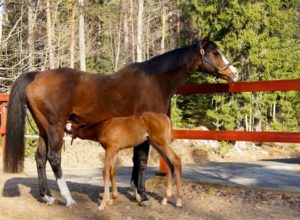
The mare will come into her first oestrus about 9 days after foaling, and second oestrus about 30 days after foaling. It is very important for mares that are going to be covered again that they are in a nutritional balance after foaling. It is especially important that the mare do not loose weight at this time as this can have a negative influence on fertility.
The ration
Mares in late gestation and early lactation should be given hay or haylage of high hygienic and nutritional quality. It is therefore important to have the roughage analysed at least for energy, protein, calcium and phosphorus.
To maintain good appetite throughout parturition and on into lactation, the mare should be eating the diet you expect to use after foaling. This means that you must use a feed mixture that is specifically designed for pregnant and lactating mares.
Pegus PC-Horse
In the Pegus PC-Horse program, the nutritional requirements of the brood mare automatically change as the pregnancy proceeds. The program knows when the mare became pregnant (you already added the date of conception) and also knows the current date. Thus the nutritional needs of the mare are calculated on a day-by-day, week-by-week basis. You should therefore check the brood mare’s ration and body condition weekly during this last period of gestation.
After foaling, you enter the foaling date into PC-Horse, and the program will calculate the mare’s nutritional requirements from data of body weight and a normal lactation curve.
On pasture
When mares and foals are let out on pastures for the summer, we have to rely on the pasture vegetation to cover the nutritional needs of the mare and foal. In this period it can be wise to let the horses have access to a mineralised Balancers Pegus”EquiBalance” is a excellent addition while the calories are supplied by good pasture . Older mare may need added support with Triple E stud cubes . As the growth and availability of pasture vegetation varies throughout the summer, we have to closely follow the horses to avoid them from getting thin. Additional feed or new pastures will have to be provided if necessary. A deworming program should be in place before the pasture season starts.
This article was originally written by Dr. Day Austbø.
For More information on diets for broodmares and youngstock contact Pegus Horse Feed.
Free Phone Helpline R.O.I.= 1800-378463 UK = 0800 011 4182
www.pegus.ie info@pegus.ie
